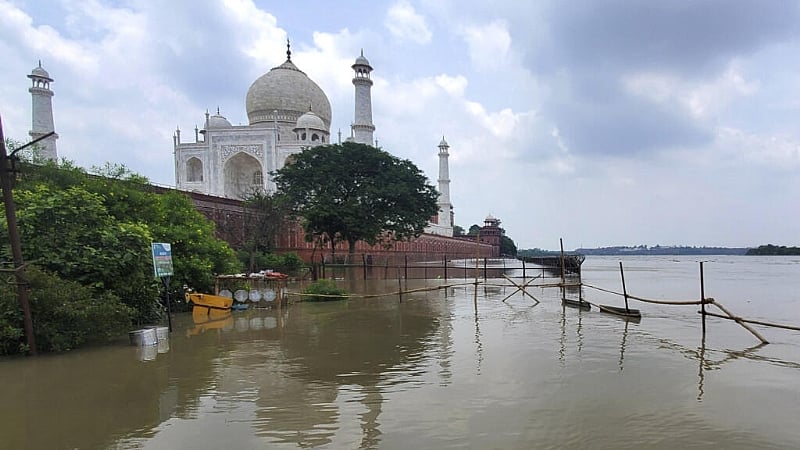The escalating impacts of climate change are casting a long shadow over the world’s cultural and natural heritage, threatening their very existence. A recent UNESCO study, “Mountains and glaciers: Water towers,” paints a stark picture, revealing that nearly three-quarters of non-marine UNESCO World Heritage sites face significant water-related risks, primarily due to global warming. These risks include water stress, drought, river flooding, and coastal flooding, all exacerbated by the increasing frequency and intensity of extreme weather events like hurricanes, droughts, floods, and heatwaves. This represents a grave danger to these irreplaceable treasures, the ecosystems they support, and the communities and economies that depend on them.
The study highlights the specific vulnerabilities of these sites. Cultural heritage sites are most commonly threatened by water scarcity, a consequence of shifting rainfall patterns, increased evaporation, and over-extraction of groundwater. Conversely, natural heritage sites, including national parks and wetlands, are more frequently imperiled by flooding, as rising sea levels and more intense rainfall events overwhelm natural drainage systems and coastal defenses. This dual threat underscores the far-reaching consequences of climate change, impacting both human-made and natural environments.
The report provides compelling examples of these threats unfolding across the globe. The iconic Taj Mahal in India faces increasing water scarcity, leading to pollution and groundwater depletion, both of which are detrimental to the mausoleum’s integrity. In the United States, Yellowstone National Park experienced a devastating flood in 2022, causing widespread damage and requiring over $20 million in repairs. These incidents demonstrate that even well-resourced and protected sites are not immune to the impacts of climate change.
The vulnerability extends to lesser-known but equally significant sites. Iraq’s southern marshes, believed by some to be the biblical Garden of Eden, are facing extreme water stress. Over 80% of the renewable water supply is being withdrawn to meet human demands, putting immense pressure on the ecosystem, the migratory birds that rely on it, and the local communities who depend on the marshes for their livelihoods. This competition for water is only expected to intensify as the region becomes hotter in the coming years, exacerbating the existing challenges.
The Victoria Falls, a natural wonder straddling the border between Zambia and Zimbabwe, is another stark example. Recurring droughts have reduced the mighty waterfall to a trickle at times, impacting tourism and the local economies that depend on it. Meanwhile, in Peru, the ancient city of Chan Chan, with its fragile adobe walls, faces an extremely high risk of river flooding. Rising sea levels, driven largely by climate change, are also posing a significant threat to coastal heritage sites around the world, including mudflats vital for migratory waterbirds in China.
The UNESCO report serves as a wake-up call, emphasizing the urgent need for action to mitigate the impacts of climate change on these invaluable sites. It underscores the interconnectedness of climate change and heritage preservation, highlighting the need for integrated strategies that address both. Protecting these sites requires not only mitigating greenhouse gas emissions but also implementing adaptation measures to manage the increasingly unavoidable impacts of climate change. This could include improving water management practices, strengthening flood defenses, and developing early warning systems for extreme weather events. The preservation of these sites is not just a matter of cultural or natural heritage, but also a matter of safeguarding the livelihoods, economies, and ecosystems that depend on them. Ultimately, the future of these sites hinges on the global community’s willingness to address the root causes of climate change and implement effective strategies to protect them from its escalating impacts.














